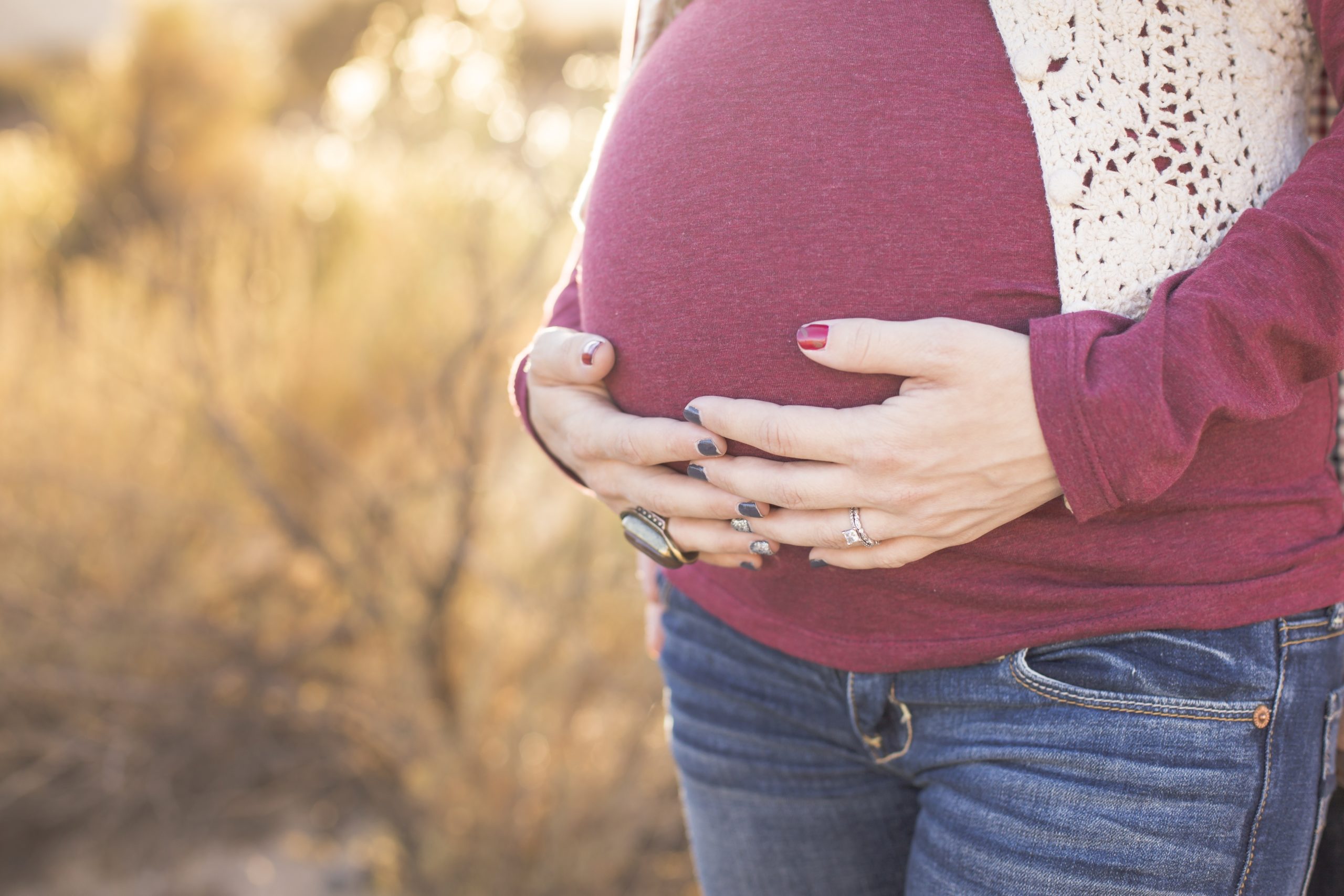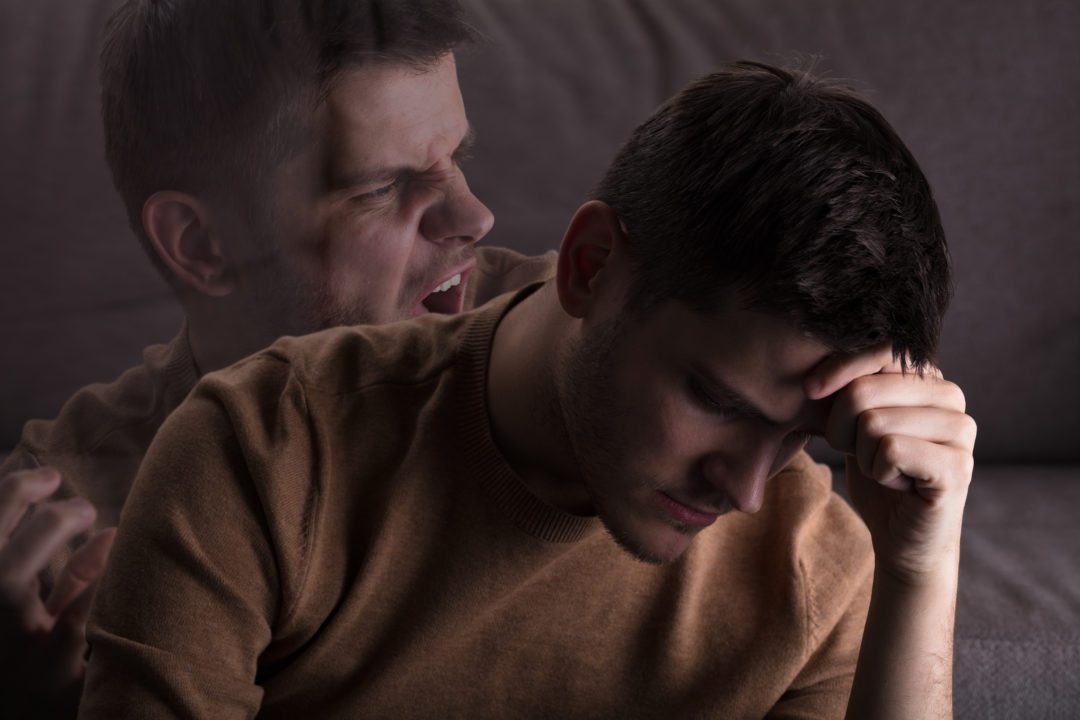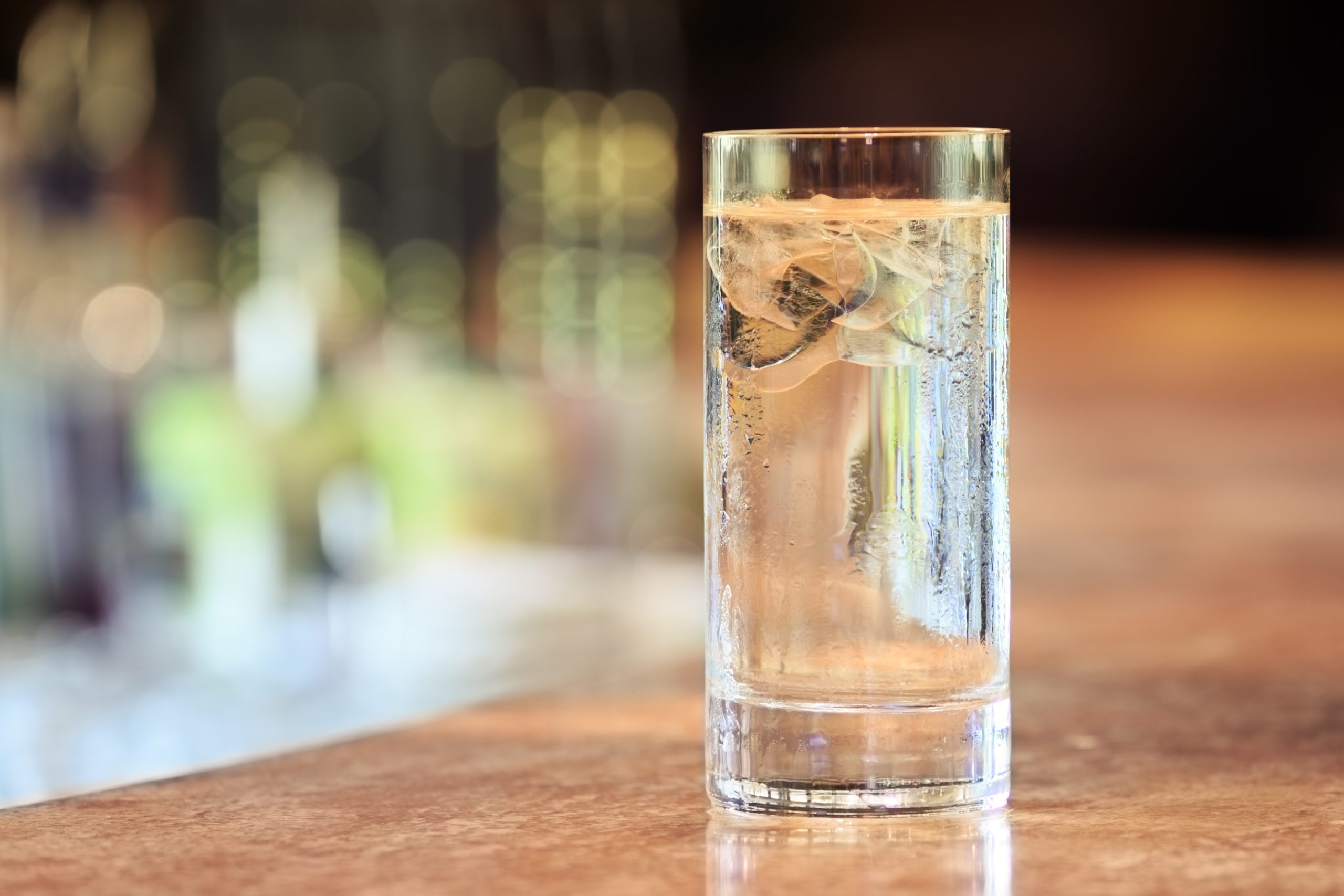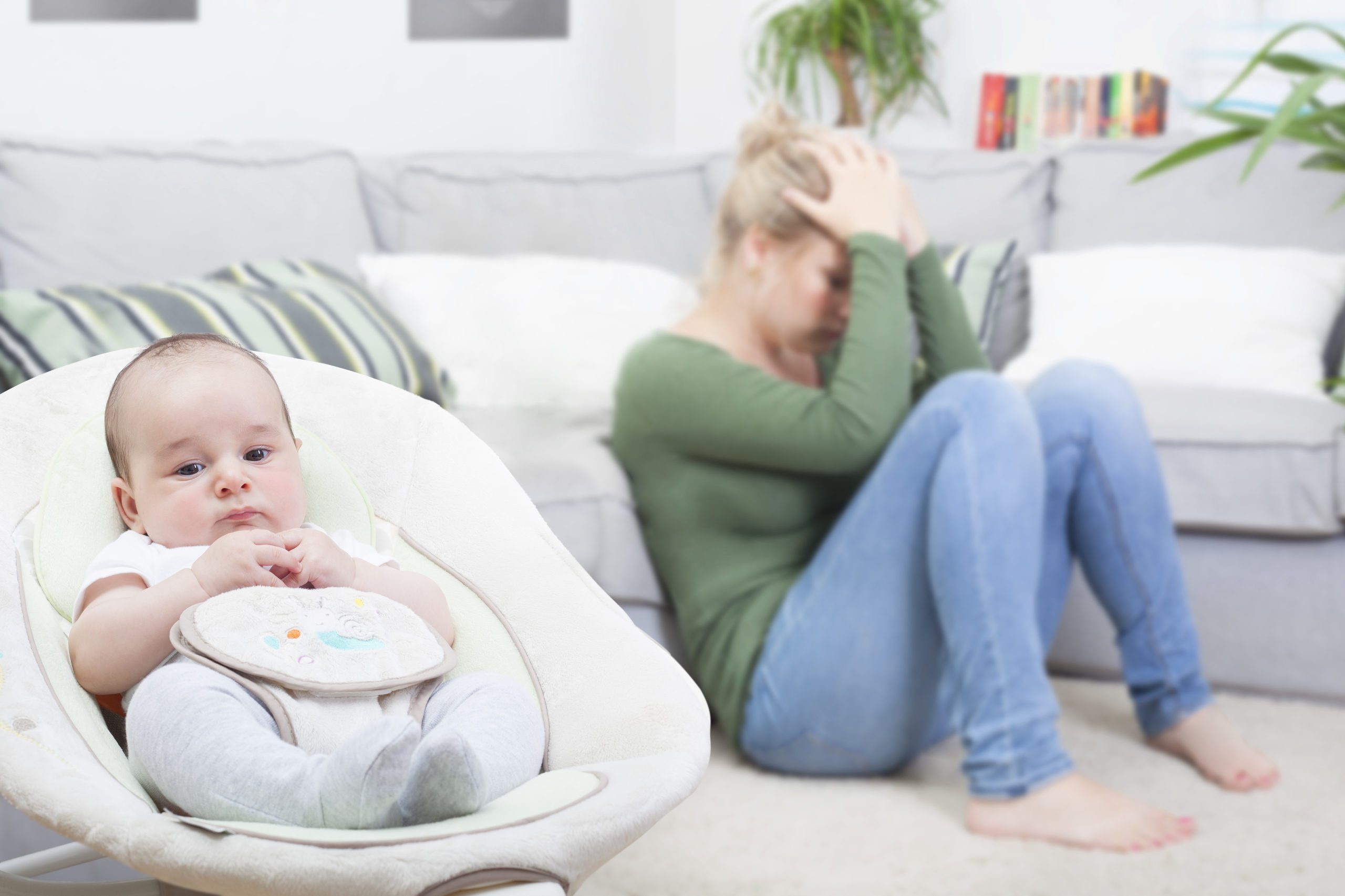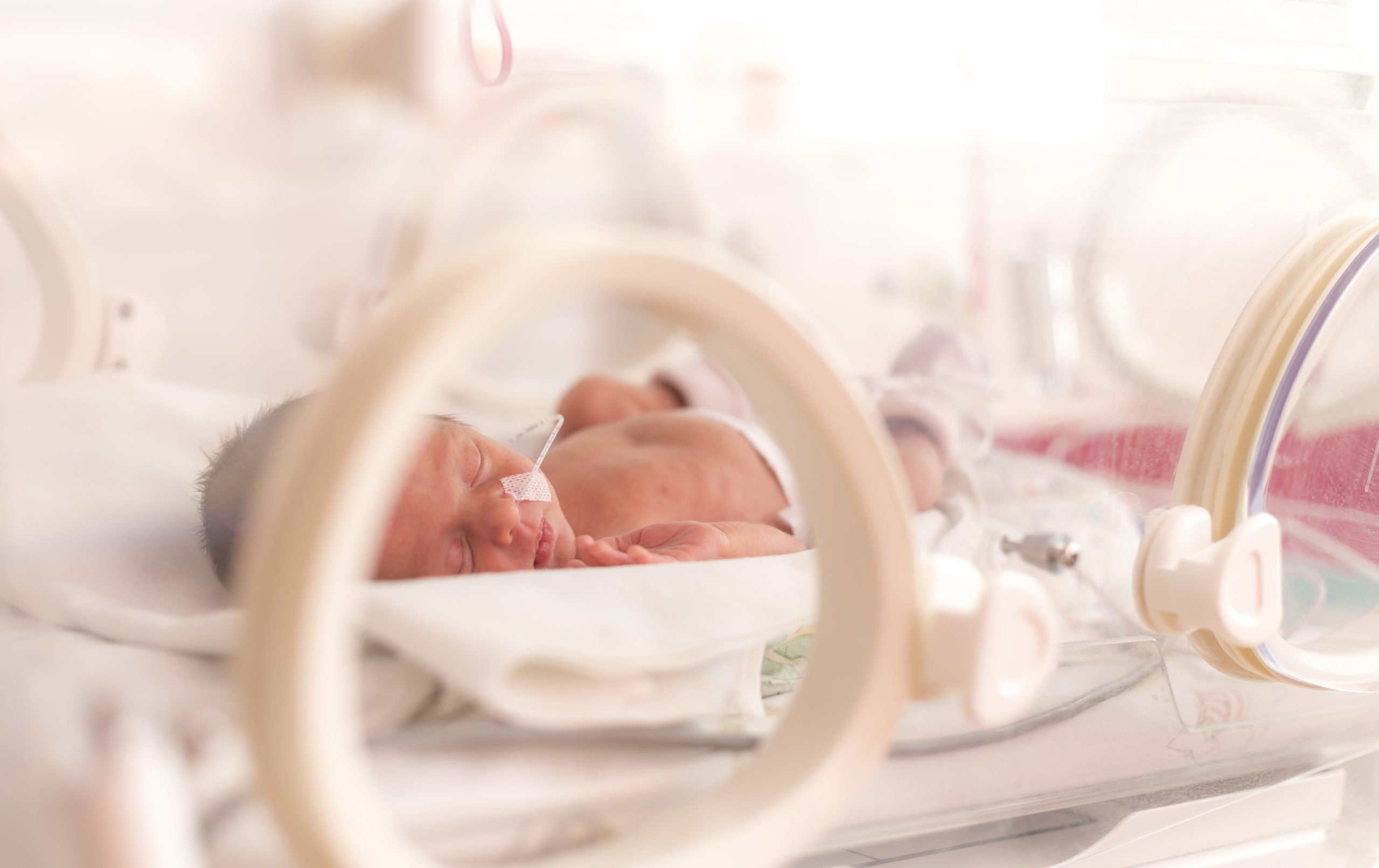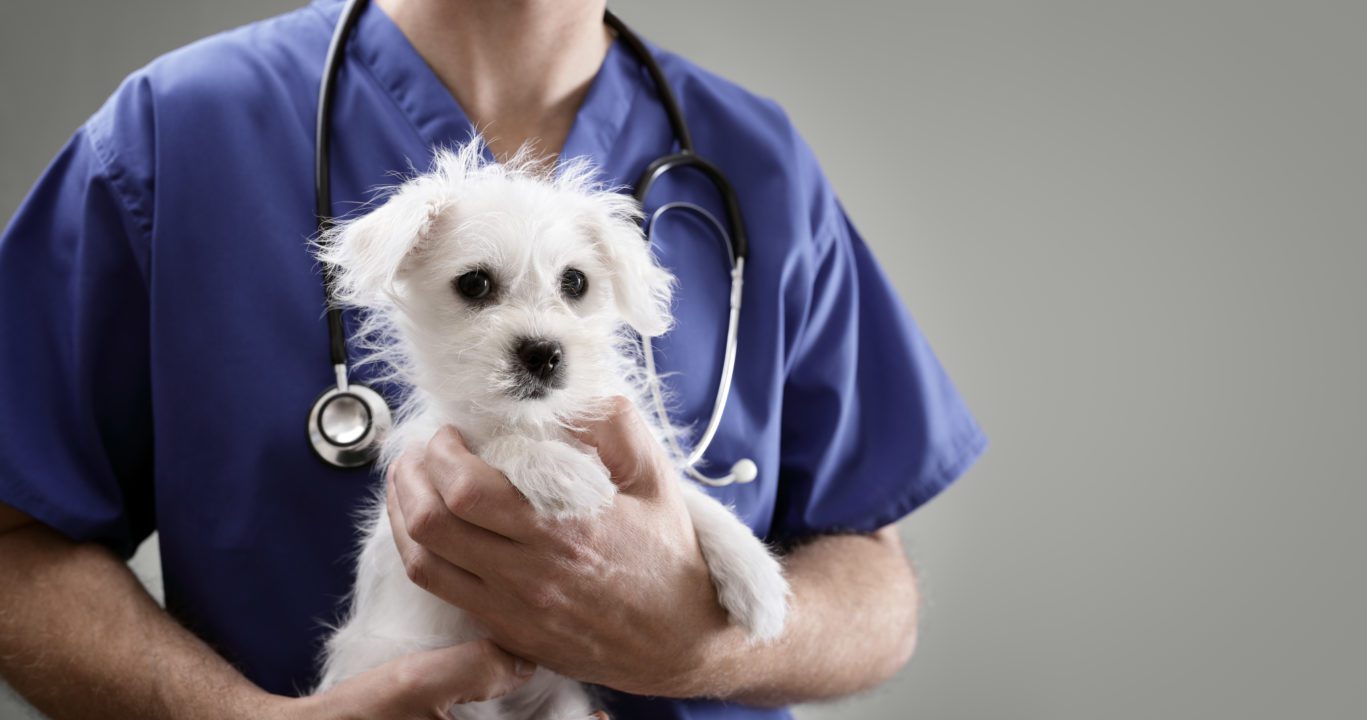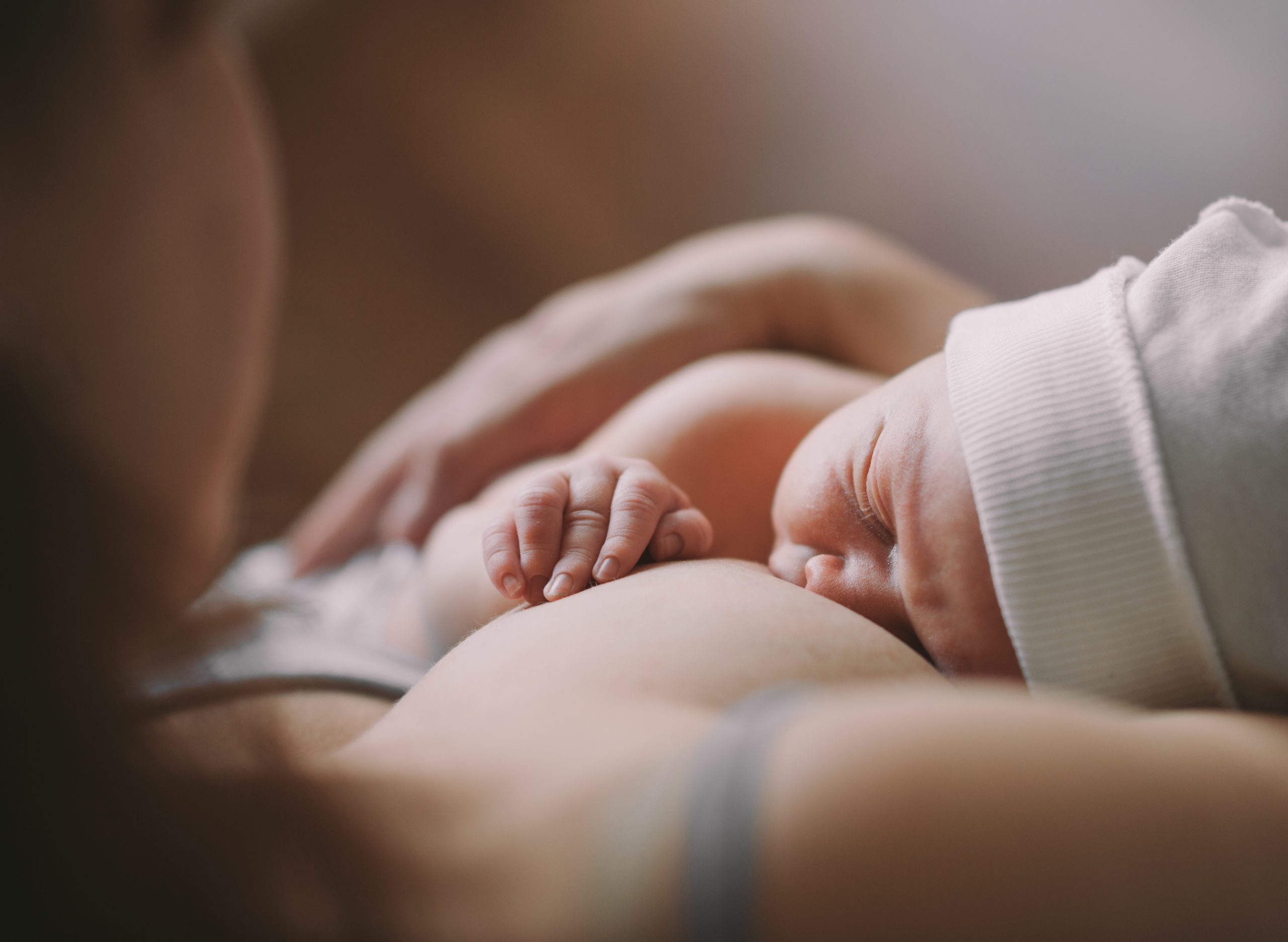A while back, we discussed some alarming new stats concerning babies born to addicted mothers. Well after enough headlines, it looks the White House is finally taking notice. This month, President Donald Trump announced that his administration will begin a program to help pregnant women and new moms dealing with dependencies.
Titled “The M.O.M. Model” (which stands for Maternal Opioid Misuse), the program will partner with local Medicaid agencies to implement several services for mothers caught up in these situations. It will also offer assistance for women who are suffering from postpartum depression, in the months after giving birth.
Health and Human Services (HHS) Secretary Alex Azar held a press conference about the topic last week. He made a point to touch upon America’s opioid crisis and the damage it is continuing to cause to new families.
“Too many barriers impede the delivery of well-coordinated, high-quality care to pregnant and postpartum women struggling with opioid misuse, including lack of access to treatment and a shortage of providers in rural areas, where the opioid crisis is especially destructive,” Azar explained. “The MOM model will support state Medicaid agencies, front-line providers and healthcare systems to help ensure that mothers and infants afflicted by the opioid epidemic get the care they need.”
12 different states will be participating in the M.O.M. Model over the next five years and more could be added based on the success of the program. It is expected that those regions hit hardest by the crisis will receive the most attention.
This is certainly an important initiative and one that can save lives. Over the past several years, babies born with opioid dependencies have increased dramatically. Being exposed in the womb has been shown to lead to birth defects, lifelong developmental delays and premature death.
Azar made a point to call out the president’s sympathy for this issue. Towards the end of his press conference, the Secretary emphasized that Donald Trump is aware of the devastation the opioid epidemic is causing and that de-stigmatizing addiction needs to be part of the bigger conversation.
“We [the Trump administration] believe in evidence-based treatment,” Azar concluded. “We also believe in a public-health approach to this epidemic, and we believe in approaching addiction as a disease, never a moral failing,”
Let’s hope the White House holds true to those words. You can find out more about the M.O.M. Model by clicking here.

